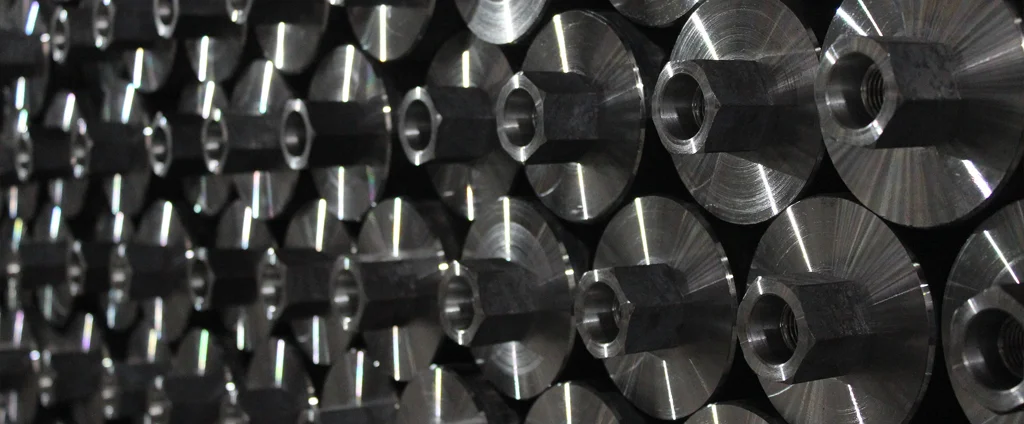SAE/AISI 1019 Carbon Steel (UNS G10190)

SAE/AISI 1019 carbon steel is a medium-low carbon alloy valued for its balanced combination of moderate strength, good machinability, and excellent weldability. Its toughness and ease of forming make it suitable for various general-purpose applications across structural, mechanical, and engineering industries.
| Chemical Composition | ||
|---|---|---|
| Element | Min | Max |
| Iron | 98.71% | 99.16% |
| Carbon | 0.14% | 0.20% |
| Manganese | 0.70% | 1.00% |
| Phosphorous | —— | 0.04% |
| Sulfur | —— | 0.05% |
The following table provides a list of SAE/AISI 1019 properties in both SI and US customary/Imperial units.
Click on the button to switch between Metric and Imperial units.
| Physical Properties | Metric |
|---|---|
| Density | 7870 kg/m3 |
| Mechanical Properties | Metric |
| Tensile Strength (Ultimate) | 455 MPa |
| Tensile Strength (Yield) | 379 MPa |
| Young’s Modulus (E) | 190 - 210 GPa |
| Bulk Modulus (K) | 140 GPa |
| Shear Modulus (G) | 80 GPa |
| Elongation at Break | 15% |
| Poisson’s Ratio (ν) | 0.27 - 0.30 |
| Brinell Hardness | 131 |
| Thermal Properties | Metric |
| Thermal Conductivity | 52 W/m·K |
| Specific Heat Capacity (Cp) | 472 J/kg·K |
| Coefficient of Thermal Expansion (αL) | 1.2×10-5 1/°C |
| Electrical Properties | Metric |
| Electrical Conductivity | 4.1×106 S/m |
| Electrical Resistivity | 2.4×10-7 Ω·m |
The values in this table are approximate and can vary depending on various factors such as the specific manufacturing process and heat treatment applied to the alloy.
Advantages & Disadvantages of 1019 Carbon Steel
| Advantages | Disadvantages |
|---|---|
| Cost-effective | Limited hardenability |
| Good machinability | Low tensile strength |
| Good weldability | Susceptible to corrosion |
Applications of 1019 Carbon Steel
SAE/AISI 1019 is widely used in cost-sensitive and mechanically demanding environments, including:
- Structural components: Used in the construction of beams, columns, and supports.
- Shafts and axles: Suitable for manufacturing machinery and automotive shafts and axles due to its machinability and strength.
- Bolts, nuts, and fasteners: Ideal for producing fasteners like bolts, nuts, and screws across multiple industries.
- General engineering components: Applied in the fabrication of gears, sprockets, bushings, and other small to medium-sized parts.
- Agricultural equipment: Found in implements such as plows, harrows, and tillage tools due to its affordability and workability.
- Hand tools: Used in tools like wrenches, hammers, chisels, and screwdrivers where strength and machinability are key.
- Pipe fittings: Employed in the production of elbows, tees, and couplings thanks to its weldability and moderate strength.
